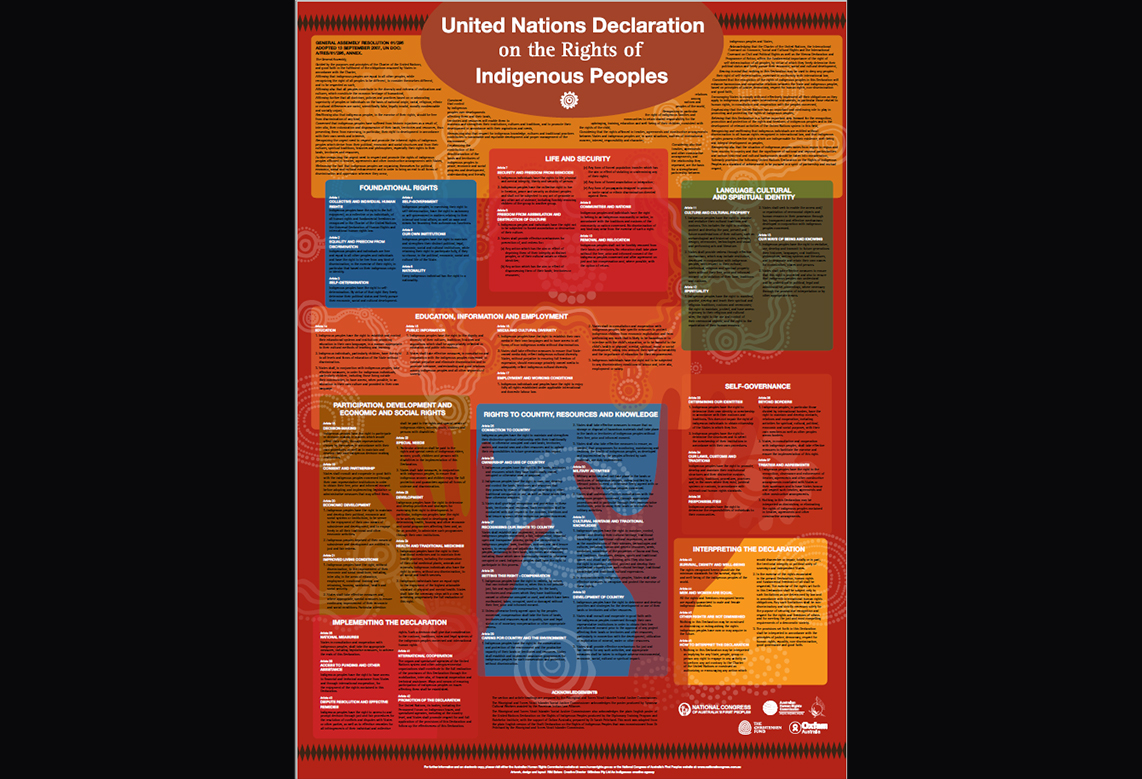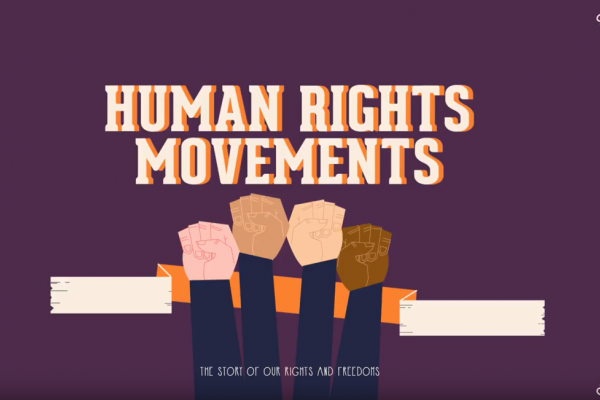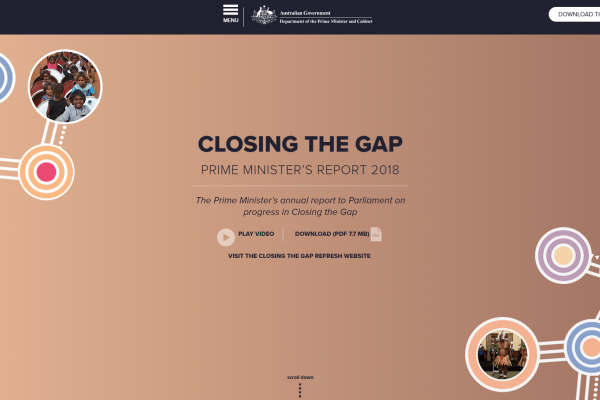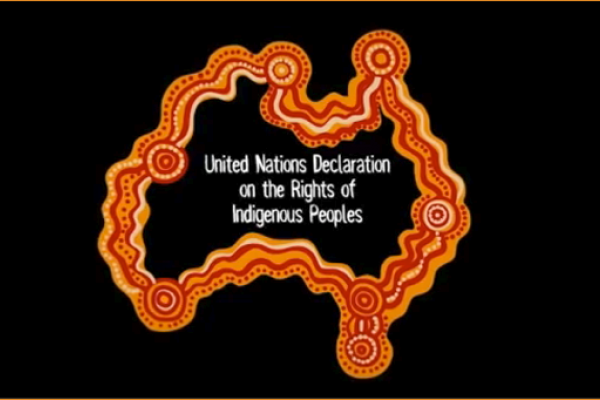
UN Declaration on the Rights of Indigenous Peoples
The Declaration on the Rights of Indigenous Peoples (the Declaration) affirms the minimum standards for the survival, dignity, security and well-being of Indigenous peoples worldwide and enshrines Indigenous peoples’ right to be different.
The overarching principles of the Declaration uphold the rights of indigenous peoples to the full enjoyment of all human rights, non-discrimination, self-determination and autonomy, maintenance of Indigenous institutions, and the right to a nationality. Amongst other rights, the Declaration lays down the rights Indigenous peoples have to practice and revitalize culture and the transmission of histories and languages and maintain traditional connections to land and territories.
The Declaration was adopted by the General Assembly of the United Nations in September 2007. This was the culmination of more than 20 years of negotiation between the Indigenous peoples and governments of the world. The Australian Government announced its support for the Declaration in 2009.






